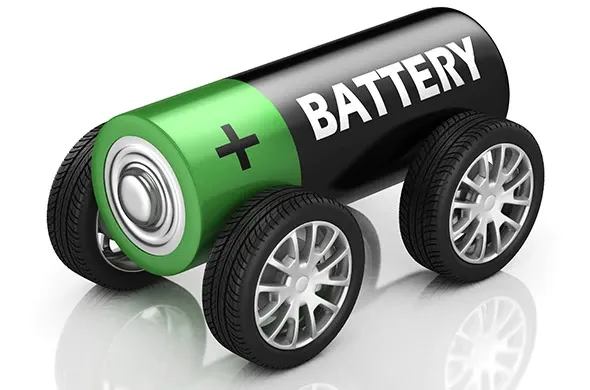Meta Announced Its New AI Chip
Meta Platforms unveiled the second generation of its Meta Training and Inference Accelerator (MTIA) AI chip.

Researchers at Nokia Bell Labs and Amber, the SFI Centre for Advanced Materials and BioEngineering Research hosted at Trinity College Dublin, announced they have created a new formula for battery composition. It makes them more powerful by packing 2.5 times the battery life than anything currently on the market.
As the world transitions to 5G, ushering in a new era of consumer and industrial IoT, this new battery design has the potential to help power the connected world of the future. The increasing power requirements of connected devices necessitates greater battery performance for both new applications as well as longer battery lifetimes. The new battery design also has far-reaching implications for 4G and 5G networks where conventional power may not be available for network equipment, or where emergency backup battery systems are essential to keep systems running.
"By packing more energy into a smaller space, this new battery technology will have a profound impact on 5G and the entire networked world," said Paul King, one of the lead investigators on the project and Member of the Technical Staff, Nokia Bell Labs. "The combination of Nokia Bell Labs industry and device knowledge and Amber's materials science expertise allowed us to tackle an extremely difficult problem involving multiple disciplines.
"Bringing scientists together from industry and academia with a common research goal has resulted in a substantial scientific breakthrough," said Lorraine Byrne, Amber Executive Director. "Amber's partnership with Nokia Bell Labs has been a hugely positive experience and clearly illustrates the benefits of industry-academic engagements. I look forward to continuing to break new boundaries in science creating impact for society.
An additional benefit to this new technology is its potential to improve the performance of large-scale energy grids powered by renewable energy. The demand for reliable power relies on storage technologies, such as the battery technology described here, to manage the high fluctuation in energy generation in today's wind and solar renewable technologies. A new study from Wood Mackenzie shows that the energy storage in 100 percent renewable systems will likely be 25 times higher as compared to today's systems. This will pose issues as the need for efficient, fast charging and compact energy storage becomes even more imperative.